The green leaves of winter garlic are among the first to appear on the site in spring, when other garden crops have not yet been sown or have not yet sprouted. But it happens that the leaves of previously green seedlings begin to turn yellow, forcing summer residents to take emergency measures to save the harvest.
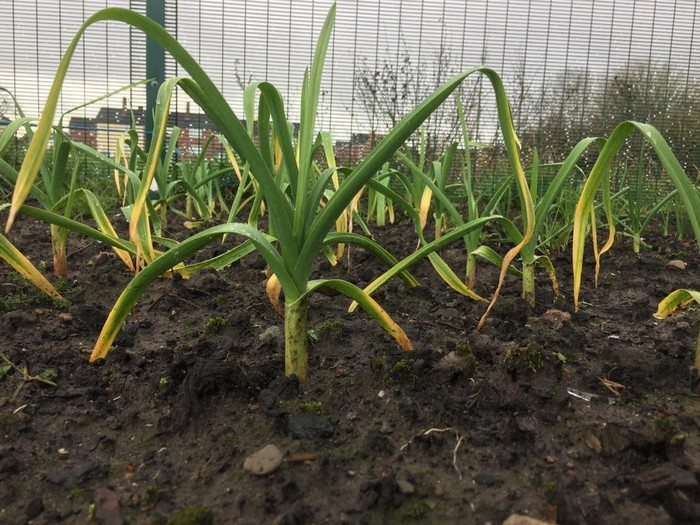
Frost protection
Often the cause of yellow leaves is freezing of young plants. This happens in several cases:
- When planting early, when seedlings appear in the fall before the onset of frost.
- Due to severe frosts, especially in snowless winters.
- As a result of returning spring frosts.
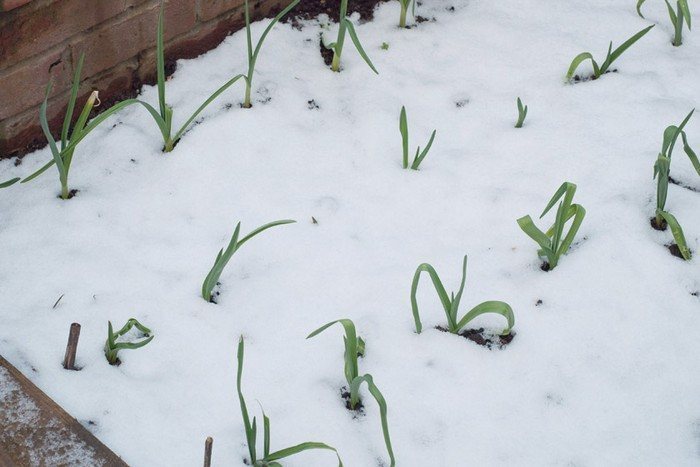
It is difficult to predict the vagaries of nature and the weather months in advance, but trying to prevent damage from freezing temperatures is quite possible. In the first case, you need to take your time with landing. The main thing is that the cloves are planted 2-3 weeks before the soil freezes. In this case, they will have time to take root, but will not germinate.
In the second case, good soil mulching will help protect the plantings. If you cover the beds with garlic with a thick layer of fallen leaves, then severe frost in the absence of snow cover will not cause significant harm.
In the third case, you should not rush to remove the mulch, and if there is a threat of frost, you can cover the young shoots with agrofibre. Garlic is cold-resistant, and with additional protection it can easily withstand short-term drops in temperature.You can also help plants with the help of anti-stress drugs, such as Epin or Zircon.
Monitor soil moisture and acidity
Garlic does not tolerate waterlogging, which often causes the cloves to rot. Therefore, for planting, it is better to choose areas where water will not stagnate after the snow melts or spring rains.
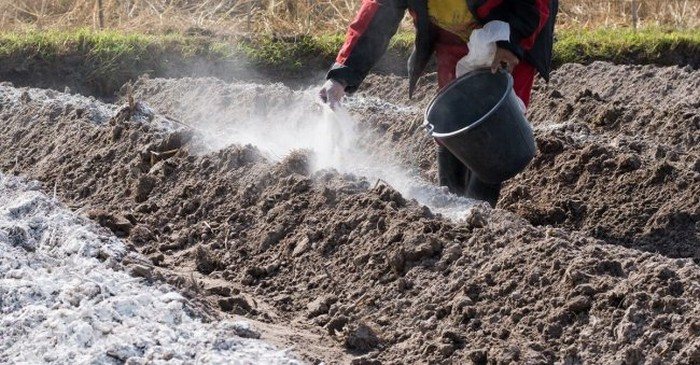
It is also worth checking the pH of the soil before planting. The optimal soil is one with a neutral reaction. Acidic soil must be deoxidized with lime or dolomite flour before planting, at the soil preparation stage. However, if this moment was missed, you can correct the situation by introducing dolomite flour into the rows.
We identify diseases and pests and fight them
Yellowing of leaves almost always accompanies plant damage by diseases or pests. Fusarium and bacterial rot are considered one of the most dangerous diseases. The likelihood of their occurrence will increase in cases where the soil and cloves were not treated with fungicides or at least a solution of potassium permanganate before planting. The disease can be identified if you dig up the plant and examine the bottom. Pinkish bloom, mold or rot can be found on the bulbs of diseased plants. In this case, it’s too late to talk about pre-planting preparation, but you can try to save the situation if you spill the soil with a solution of drugs such as Fitosporin or Maxim.
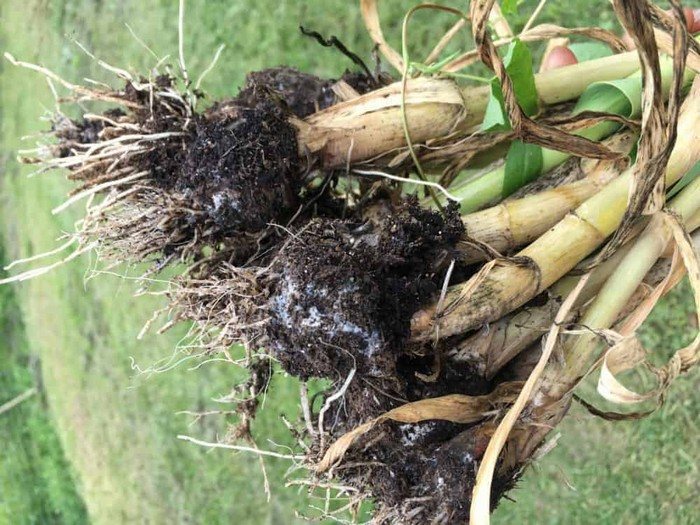
The most dangerous pests for garlic plantings are onion fly and nematode. It is impossible to save plants affected by nematodes. You can only take care of preventive measures for the next planting season.But to save yourself from the onion fly, you should try to treat the plants with a saline solution (200 g of table salt per 1 bucket of water).
Feeding and fertilizing
It is easier to correct this mistake in agricultural technology than to fight diseases and pests. If the yellowing is caused by a lack of nutrients, then applying fertilizer is easy. As a rule, in spring plants experience a lack of nitrogen and potassium. They can be entered in several ways:
- Dry. Make furrows between the rows and add granules of urea or other mineral fertilizer into them and embed them into the soil. It is important that the soil does not dry out and that there is enough moisture to dissolve the granules.
- With watering. Dissolve the required amount of mineral fertilizers in water and water the plants. This method saves time, because the nutrients go directly to the roots in dissolved form.
- Foliar feeding. Plants are sprayed with a solution of fertilizers diluted according to the manufacturer's recommendations. This method allows you to give plants the necessary nutrients by bypassing the roots, because in some situations, for example, when the roots are damaged or the soil is too acidic, the plants are simply not able to get nutrients from the soil, even if they are in excess.
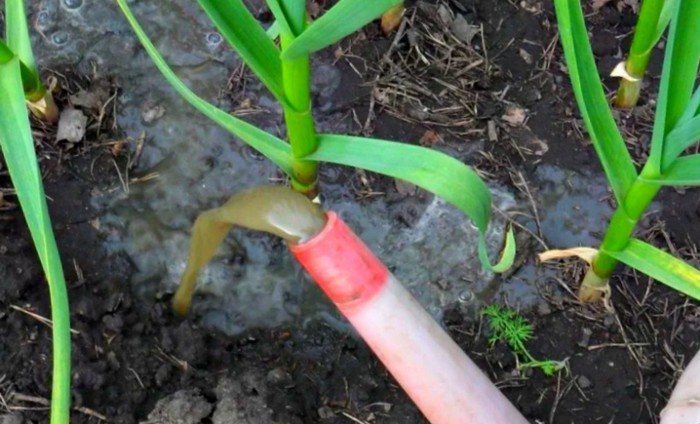
When growing garlic, it is rarely possible to completely avoid problems, because weather conditions make their own adjustments, and not always everything depends only on the skill of the farmer. However, knowledge of possible causes and ways to eliminate them will allow you to save the harvest, obtain high-quality planting material and reduce the risk of diseased plants in the future.


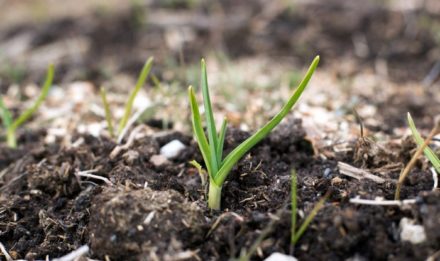
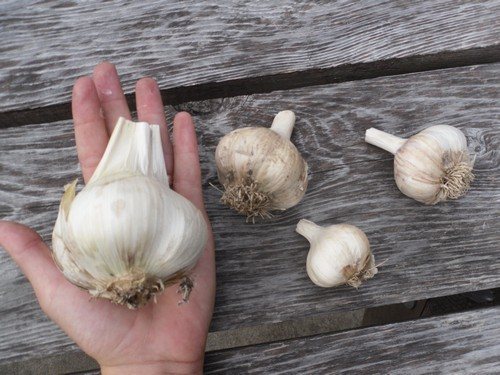
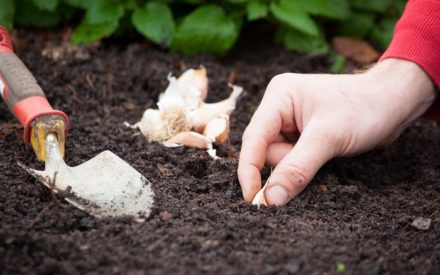
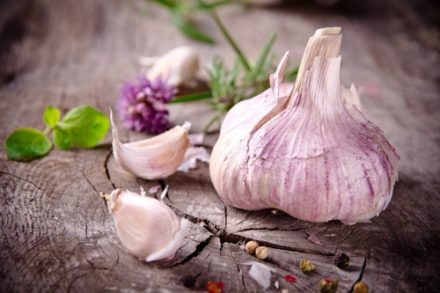
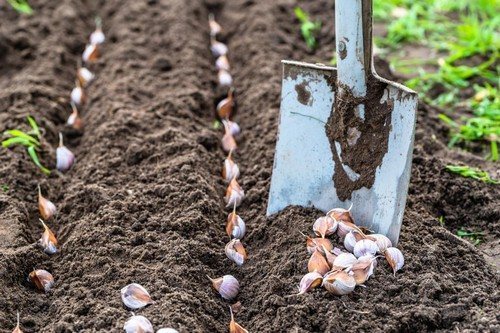
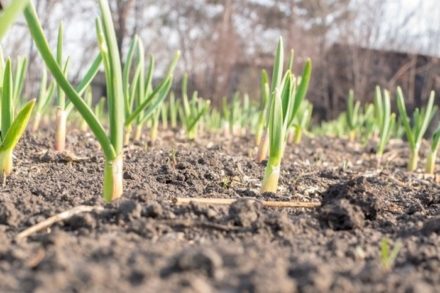

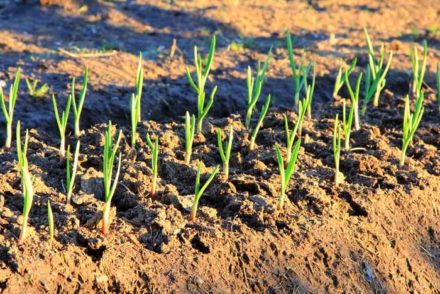
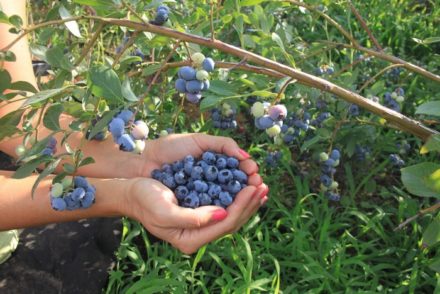
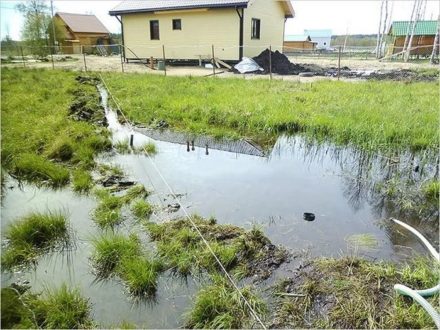

Great
Dig up one root that is the driest and if there is no root, the cockchafer has eaten it. If it starts to dry out at one end and moves on, then you lose the entire harvest, you need to dig up all the garlic and replant it, while destroying the beetle, because after eating the roots of the garlic it will move on to the roots of onions, fruit trees, strawberries, etc. If the bed begins to dry out at one end, then a beetle is having lunch...